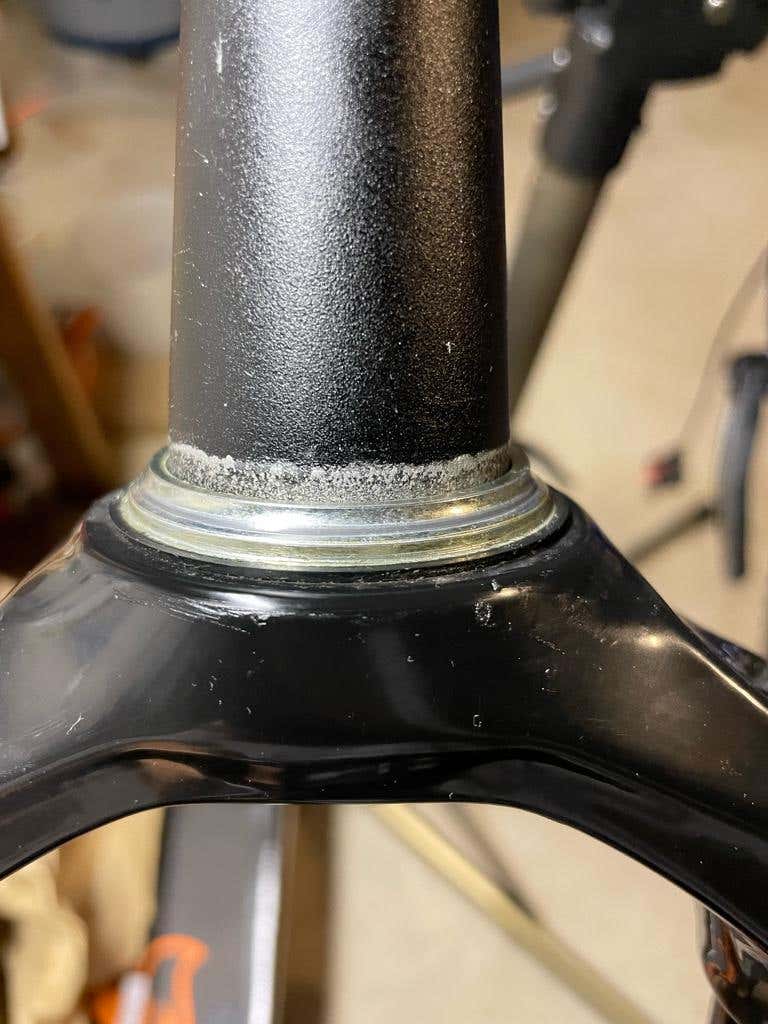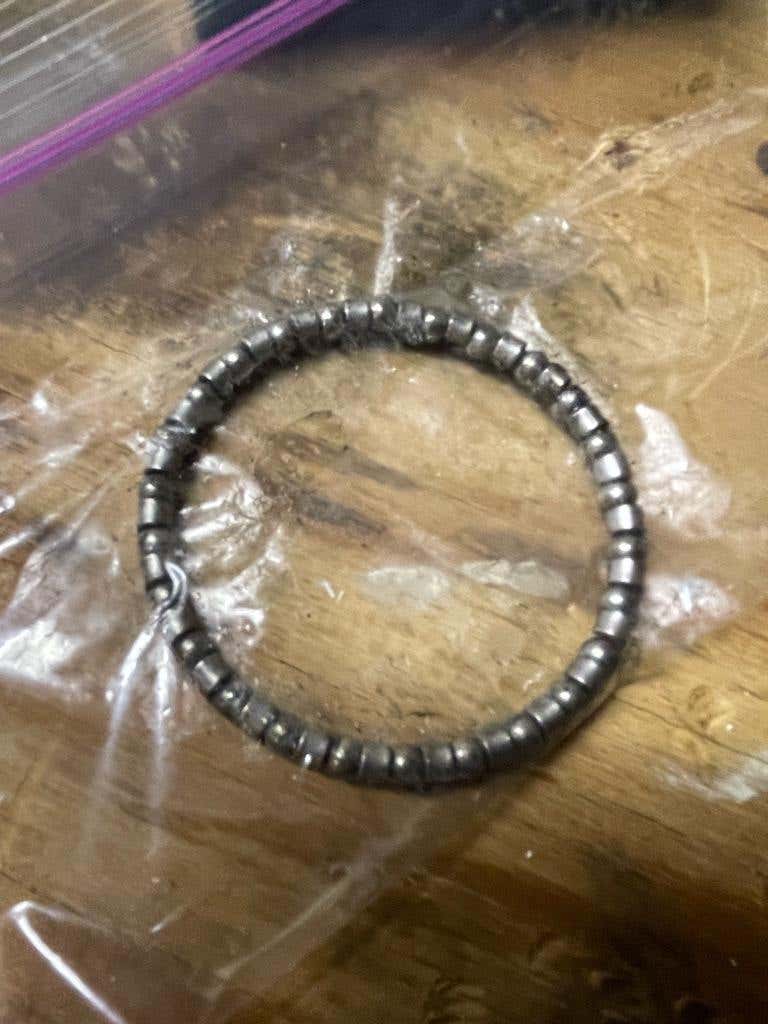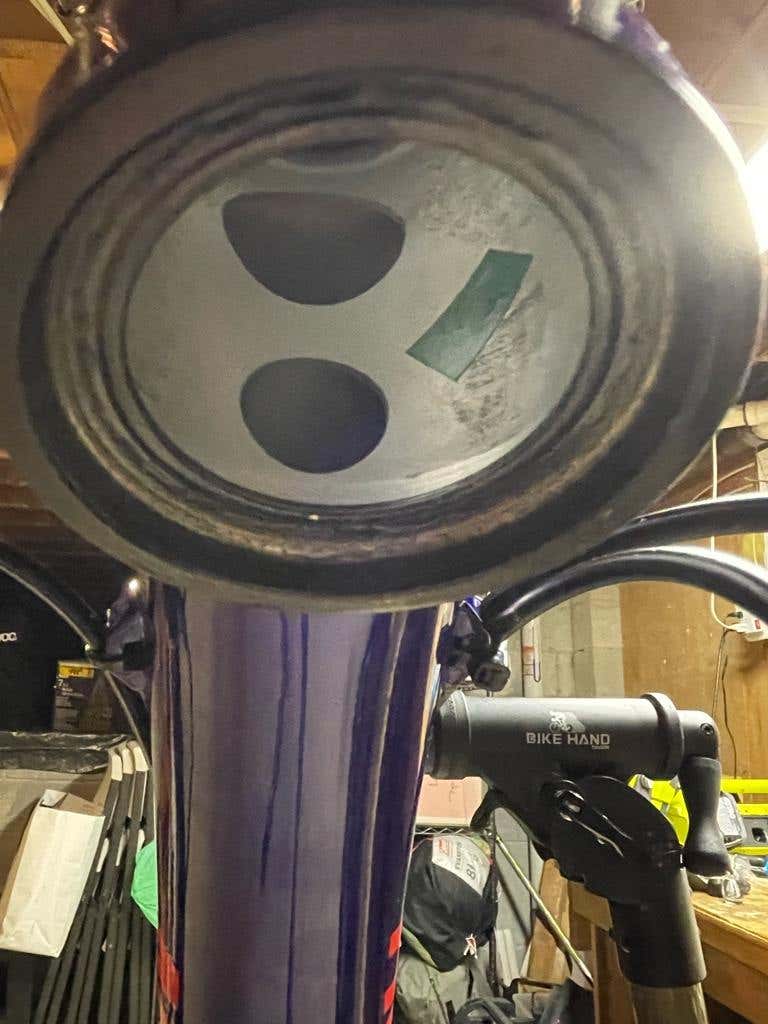I am trying to replace the fork on my son’s bike. I purchased a new crown race and have that installed on the new fork already, so I thought it’d be simple to just remove the old fork, measure, cut, reinstall.
I got the old fork out, but I think a part of the lower headset/bearings is stuck on the fork? Here is the photo. The silver piece.
![Image]()
And then this was sitting underneath headset and fell out.
![Image]()
And here is a shot from below. I don’t think there is antrhi f else other than the piece that is pressed into the bottom of the headset
![Image]()
The headset is an FSA orbit no.57B according to the build specs on the bike. I looked up the headset but I couldn’t find the ball bearing ring or the piece that I think is stuck on the fork/crown race.
Any ideas? Assuming I’m correct how do I remove the silver piece off the fork so I can reassemble the lower headset to put the new fork in? Should I just order another one? I couldn’t exactly figure out what that piece I need is / part #. I found what appears to be a schematic for the fsa orbit no. 57 and it gave a part # MR127, but when I google that part it doesnt match up. It seems like a sealed bearing / should I just be getting that and it replaces both the ball bearing ring and the silver piece?
I got the old fork out, but I think a part of the lower headset/bearings is stuck on the fork? Here is the photo. The silver piece.

And then this was sitting underneath headset and fell out.

And here is a shot from below. I don’t think there is antrhi f else other than the piece that is pressed into the bottom of the headset

The headset is an FSA orbit no.57B according to the build specs on the bike. I looked up the headset but I couldn’t find the ball bearing ring or the piece that I think is stuck on the fork/crown race.
Any ideas? Assuming I’m correct how do I remove the silver piece off the fork so I can reassemble the lower headset to put the new fork in? Should I just order another one? I couldn’t exactly figure out what that piece I need is / part #. I found what appears to be a schematic for the fsa orbit no. 57 and it gave a part # MR127, but when I google that part it doesnt match up. It seems like a sealed bearing / should I just be getting that and it replaces both the ball bearing ring and the silver piece?




